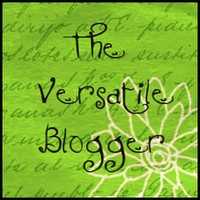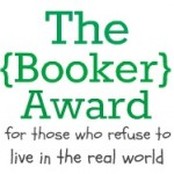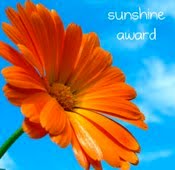Who is this group? According to their website “The Authors Guild has been the published writer's advocate for effective copyright, fair contracts, and free expression since 1912.” This claim confused me. Does this mean they have been criticizing traditional publishers for the lopsided contracts and meager royalties they impose on writers? The answer is no. Now that Amazon has demonstrated to the world how e-books can be published faster and cheaper earning authors greater royalties and giving readers lower priced books, this “Author’s Guild” has come out from under its rock to defend the inefficiency and unfairness of traditional publishing, and the way in which these publishers colluded with Apple and each other to keep the prices of e-books artificially high when e-books should cost less. I share their concern about Amazon taking over the market but I cannot sanction stupidity and unwillingness to evolve. Those businesses that don’t adapt to new realities, compete hard, and reward their clients should not be protected from those that do.
Consider the following example that I have written about here before. Traditional publishers did not want to make their e-books available for lending at public libraries because, get this: it was too easy for readers to borrow books! I’m not kidding you. They were concerned that readers who were not “inconvenienced” enough would turn into borrowers and not buy enough books thus cutting into the publisher’s profits. Well Amazon kept making their e-books available for lending at public libraries and guess what? A new study by the Pew Internet and American Life project has revealed that e-book borrowers are also avid e-book buyers with 41% of them saying they bought the last book they read. While this rate is lower than the larger population of e-book readers (55%), it is not the profit busting nightmare that traditional publishers were concerned about. Those companies that have the vision to see the future should be rewarded with it, not their slower dimwitted competitors.
Personally, I cannot complain about Amazon. They have provided me with the platform to become a self-published author, they pay me 35% on e-books under $2.99 and 70% on those above, and with the KDP Select program they have given me a powerful tool to promote my books. They have also made e-books available to me and other readers at the lower cost these books should have compared to print books. But, being an author, I was curious as to what the Author’s Guild had to offer me. However, before learning about all the wonderful things they could do for me, I checked the eligibility criteria to join the guild and I found out that:
“Self-published works and works published by subsidy presses do not qualify an author for membership.”
Well…just substitute “guild” for “job” in the video below.
If you like this blog you can have links to each week's posts delivered to your e-mail address. Please click here.



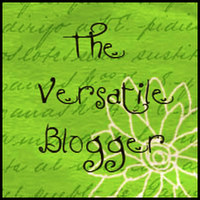
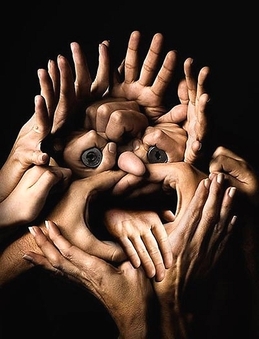
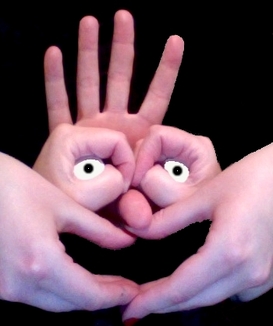
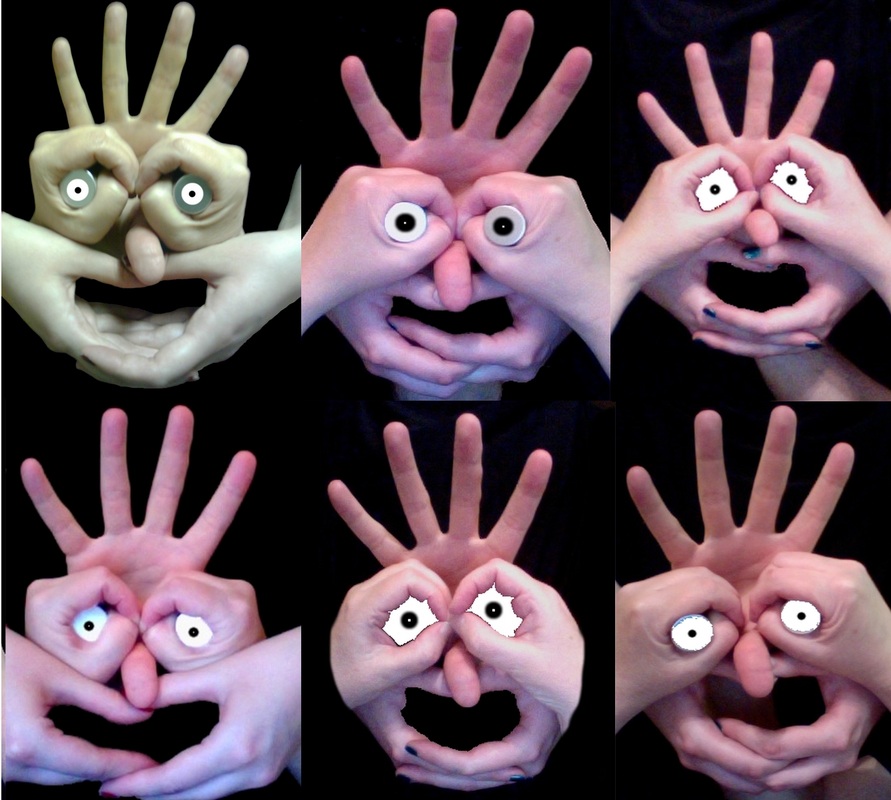
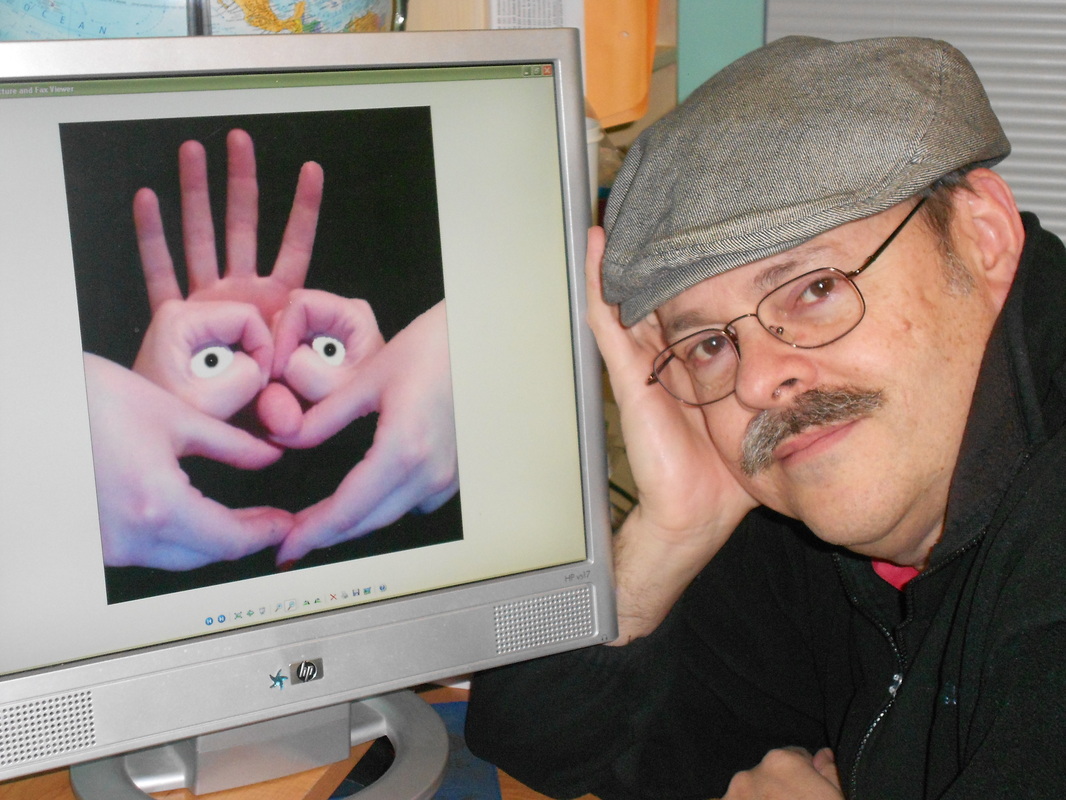
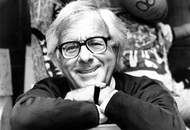
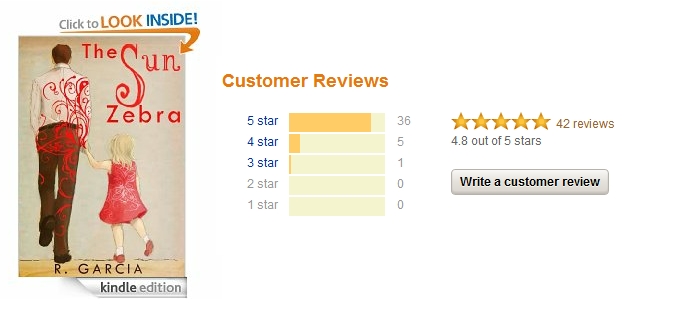
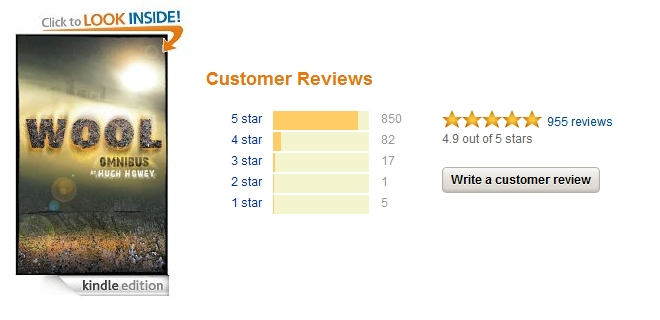
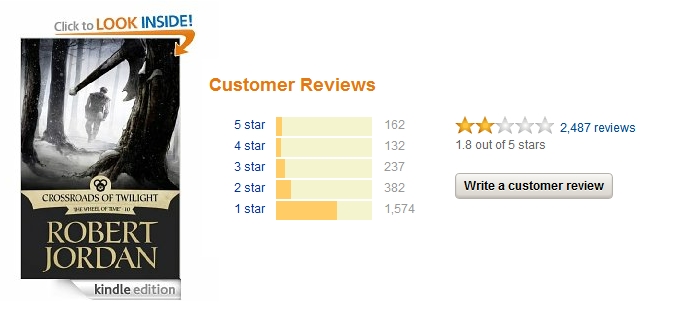
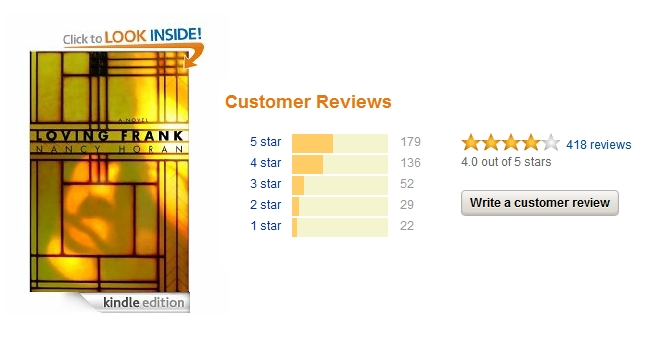
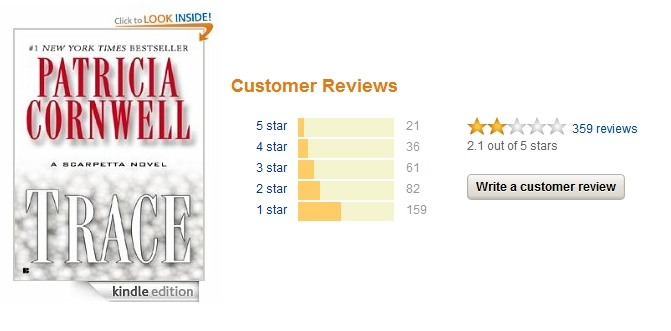
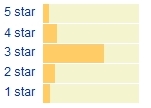
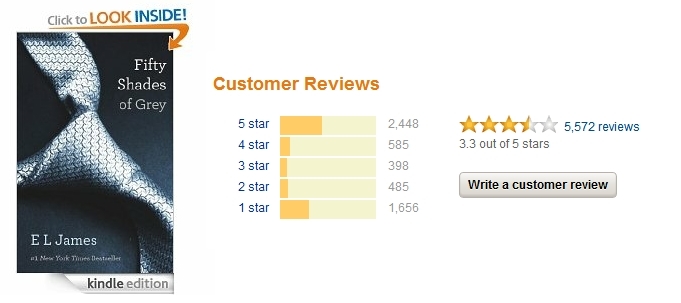
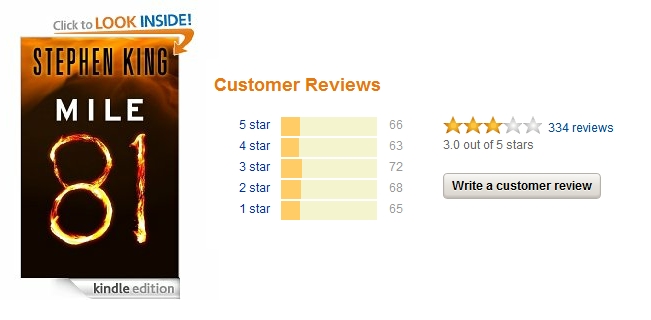
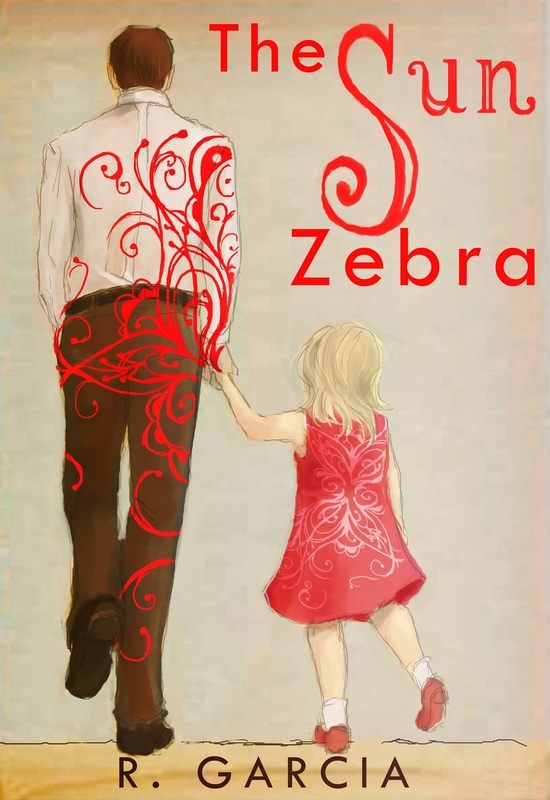

 RSS Feed
RSS Feed
